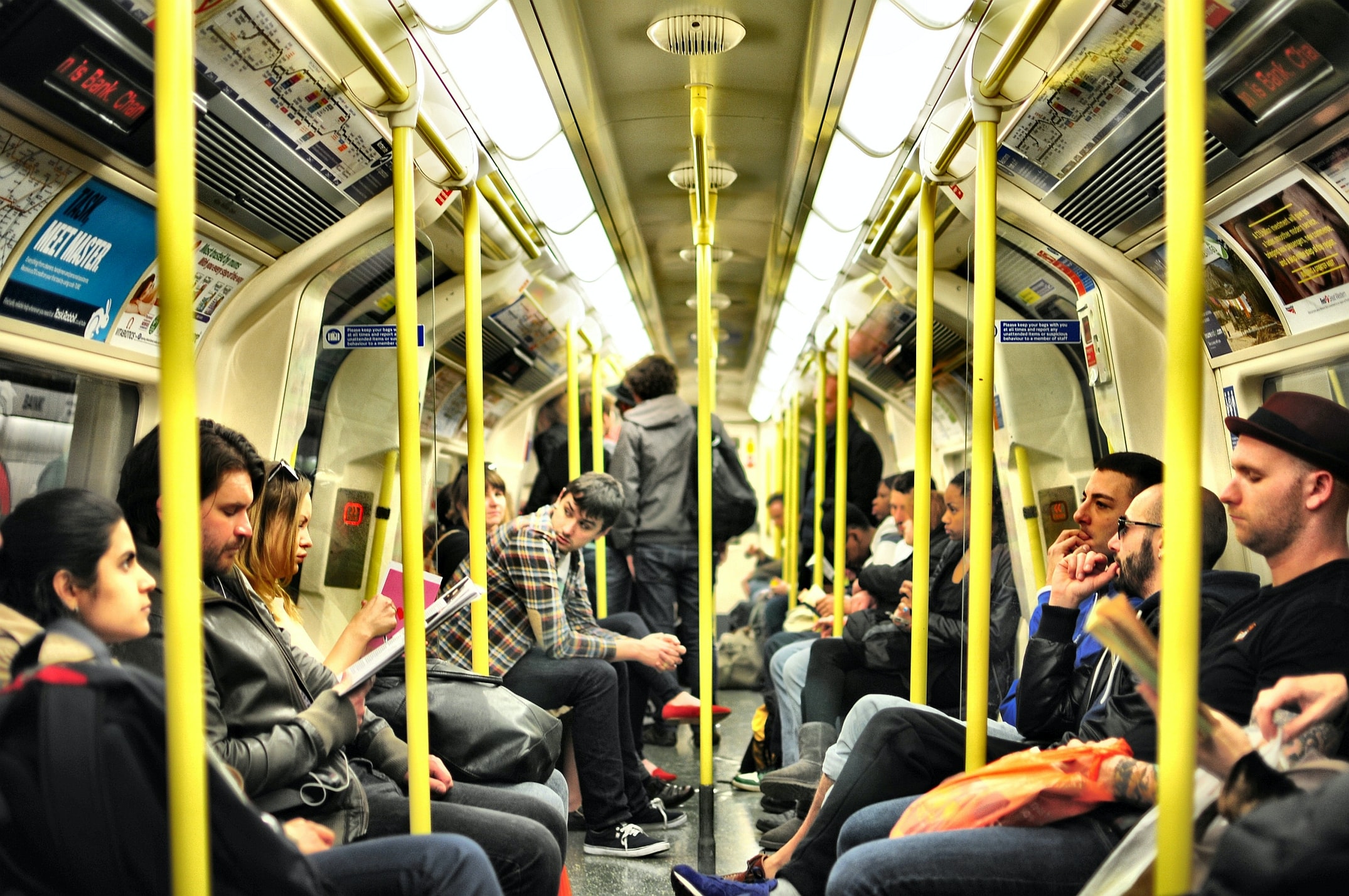More than half of London’s transport network now offers step-free access, as bosses it launched a TfL public consultation to improve accessibility.
Fifty-one percent of all Tube, Overground, DLR and TfL Rail stations are accessible to those who are unable to use stairs. It is the first time TfL has provided a complete picture of accessibility across the transport network.
But only 89 Tube stations – around 33 percent of the whole Tube network – offer step-free access.
The percentage of accessible stations on the Tube has increased from 28 per cent in June 2019, with a target of reaching 40 percent by 2022.
As work nears completion on installing lifts at Harrow-on-the-Hill and Sudbury Hill Tube stations, TfL is now looking for public feedback on what further steps could be taken to improve accessibility across the transport network.
The TfL public consultation to improve accessibility will run until February 10 2022, and Londoners can share their views online or by participating in an in-person drop-in session.
Heidi Alexander, London’s Deputy Mayor for Transport, said: “Making the public transport network accessible for all is a top priority, and this consultation will play a vital part in TfL’s future plans for improvements to stations. We want everyone to be able to travel around the capital easily, whether they have a disability, are elderly or carrying heavy equipment, and I urge people to take part in this consultation and share their views.”
NOW READ: Centre for London says e-commerce boom becoming ‘unmanageable’
But Alexander has said that it is “absolutely vital” that the Government provides TfL with a long-term funding settlement to ensure that improvements can be implemented more widely.
Katie Pennick, Campaigns Lead at accessibility campaign group Transport for All, has said that “there is still a long way to go” to make the TfL network accessible for everyone, despite “dramatic improvements” in recent years.
Pennick said: “Currently 89 out of the 272 Tube stations have step-free access from at least street level to platform. Many disabled Londoners live, work, or socialise in areas that aren’t served by an accessible station, meaning journey times can often be four times longer than those of non-disabled people.
“We really welcome TfL’s approach to ensuring the views, experiences and priorities of disabled people are factored in to the strategy for future step-free improvements. We have long campaigned for disabled people to have a say in the design and delivery of schemes that impact us.”
TfL has completed work bringing step-free access to several stations in 2021, including Whitechapel, Osterley and Amersham, while the two brand-new stations at Battersea Power Station and Nine Elms were built with step-free access in mind.
But those two new stations, which opened in September as part of the Northern Line extension, were criticised as a “missed opportunity” for accessibility after wheelchair users complained that the lifts were too small and doors did not stay open long enough to get in and out safely.
TfL apologised for the teething problems and said it was taking on feedback from the public about how to make improvements.
Work on bringing step-free access to stations including Bank, Paddington and Moorgate is expected to be completed in 2022, while the results from the public consultation will be reviewed in spring 2022 and improvements will be considered once funding is available.
For the latest headlines from the City of London and beyond, follow City Matters on Twitter, Instagram and LinkedIn.







